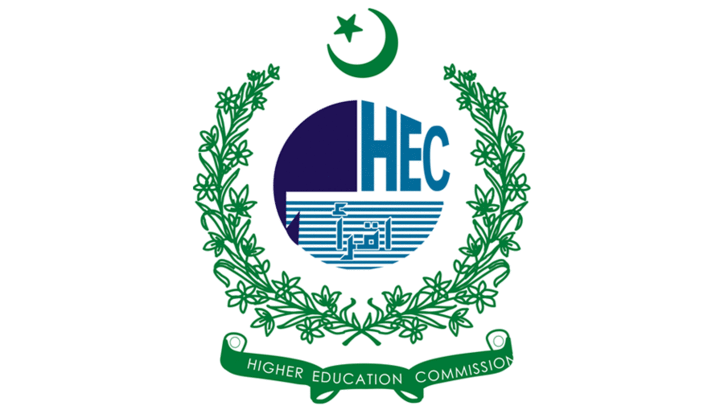
Abstract
Although education is a source of better income and jobs, it has much value for social development as an imperative for the development of human capital. That is why it is considered to be a vital part of development economics. Most of the economists have a consensus that the pace of economic and social development of a country depends on its human resource rather than its material resources. But South Asian policy makers paid merely a lip service to this area. In this region the demographic nightmare poses a key challenge for human development since the population has more than doubled during the last three decades. This population could have become the real wealth of these nations, if sufficient investment had been made in developing human capital. Human resource development is the most deprived area in South Asia and this region spends less than five per cent of its combined GNP on education and health which is one of the lowest even in the developing countries. That is why; rapidly growing population has become a major liability and a source of human deprivation. In global context, South Asia has been the least developed region of the world, both in terms of its income and human developments index. The percentage of adult literacy is the lowest among developing nations, even behind Sub-Sahara Africa. In fact South Asia has emerged as the most illiterate region in the world. Its human capital is being wasted for a long time. The article defines the term ‘human capital and discusses the role, which education and training play in the process of developing human capital. Social capital signifies sound institutions and good governance, which again depend on coverage and quality of education. It also discusses as to how education contributes to the development of human resource which supports not only economic development but also help to develop sound institutions and good governance. It also explores with the help of different studies at how education helps to address gender issue, health care and population control creating a strong nation ready to face the challenges of the twenty-first century.
Keywords
Human development, South Asia, Education human capital, Literacy rate
DOI
https://doi.org/10.54784/1990-6587.1210
Creative Commons License

This work is licensed under a Creative Commons Attribution 4.0 International License.
Recommended Citation
Mahmood, A. (2012). Role of education in human development: A study of South Asian countries. Business Review, 7(2), 130-142. Retrieved from https://doi.org/10.54784/1990-6587.1210
Included in
Publication Stage
Published










